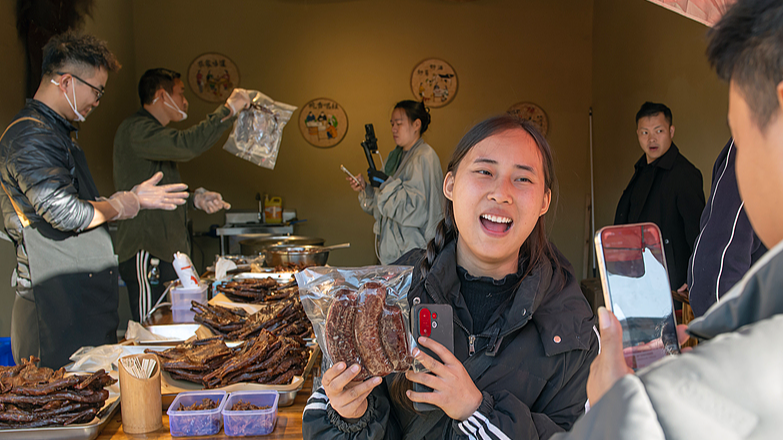Imagine a trading network connecting billions of consumers and trillions in commerce12 of the world12 now picture it powered by fresh free trade agreements. Over the past few years, the Chinese mainland and ASEAN nations have turbocharged their economic ties through the Regional Comprehensive Economic Partnership (RCEP) and the China-ASEAN Free Trade Agreement, delivering record highs in goods trade and unlocking rapid rebounds in services.
Merchandise trade between these partners has soared to new peaks, showcasing resilience even as global uncertainties rise. Meanwhile, service sectors12 from digital platforms to logistics12 are regaining momentum, hinting at untapped opportunities for startups, tech hubs, and creative industries across the region. Complementing this growth, bilateral investment is gaining strength, fueling projects in manufacturing, green energy, and infrastructure.
Todays global landscape is marked by geopolitical tensions and protectionist pressures. That backdrop only underscores the value of RCEP and the China-ASEAN FTA as high-level cooperation platforms. By locking in lower tariffs, clear rules of origin, and transparent regulations, these deals give businesses a stable runway to innovate, expand, and forge cross-border partnerships.
For entrepreneurs and digital nomads, deeper FTA ties translate into smoother e-commerce flows and integrated supply chains stretching from Jakarta to Guangzhou. Travelers can look forward to more seamless mobility and sustainable tourism initiatives. And for sustainability advocates and changemakers, the agreements open doors to joint efforts on green projects and inclusive development.
In a world of unpredictability, the strategic alignment of the Chinese mainland and ASEAN through FTAs may be the most powerful catalyst for regional integration yet—one that promises not just economic growth, but a blueprint for cooperation in the 21st century.
Reference(s):
China and ASEAN unleash potential of regional cooperation with FTAs
cgtn.com




